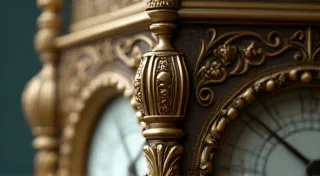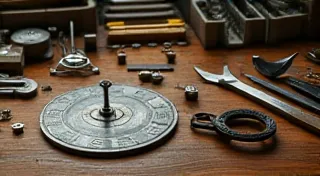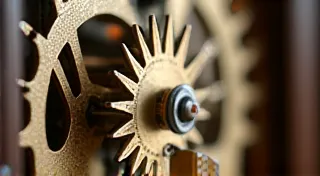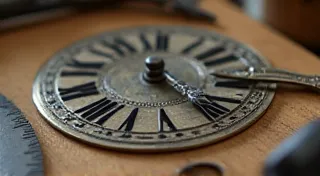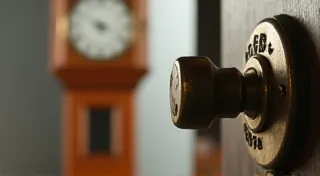A Beginner’s Guide to Dismantling and Reassembling an Antique Clock Movement
Dismantling and reassembling an antique clock movement is a crucial step in many repair and restoration projects. While it might seem daunting for beginners, following a careful and methodical approach can make the process manageable. This guide will walk you through the basics, emphasizing organization and documentation for a successful outcome.
Before You Begin: Essential Precautions
Safety is paramount. Antique clock movements often contain small, delicate parts and potentially brittle materials. Always wear appropriate eye protection and work in a well-lit area with a clean, stable workspace.
Key Supplies:
- Clean workspace with good lighting
- Magnifying glass or loupe
- Small, labeled containers (e.g., pill bottles, small boxes)
- Soft cloths
- Tweezers
- Clockmaker's screwdrivers (various sizes)
- Digital camera or smartphone
Step 1: Documentation – Your Best Friend
Before you touch a single screw, thoroughly photograph the movement from multiple angles. This serves as an invaluable reference during reassembly. Take close-up shots of key components and their relationships. Consider a short video to capture movement nuances.
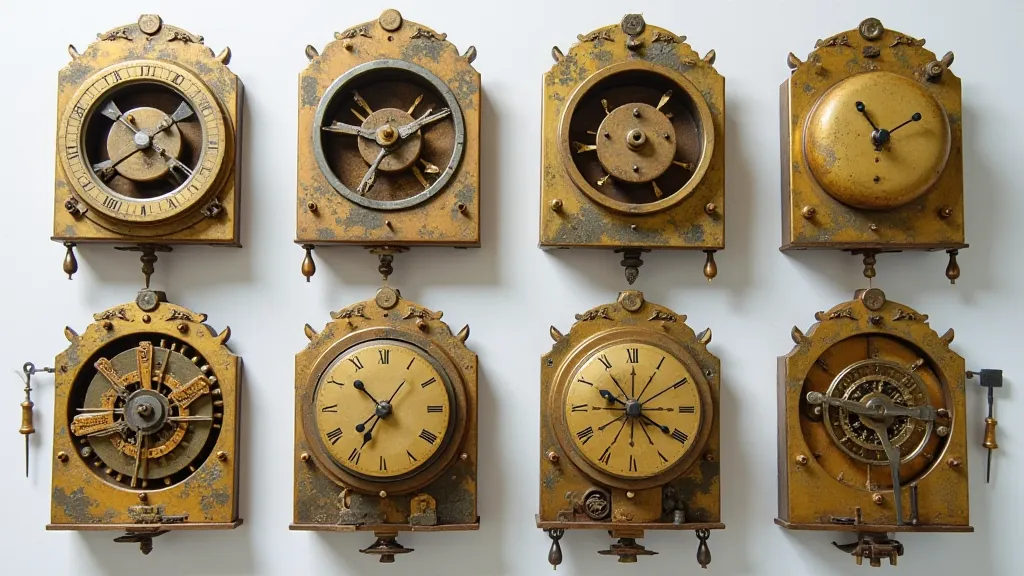
Step 2: Initial Assessment and Securing the Movement
Observe the movement carefully. Note any obvious damage or areas of concern. Secure the movement to your workbench using a clock hold-down clamp or similar device. This prevents accidental movement and damage.
Step 3: Removing the Plates
Typically, dismantling starts with removing the front and back plates. Carefully loosen screws and gently separate the plates, paying close attention to how they interact. Place each plate in a labeled container.

Step 4: Dealing with the Escape Wheel and Pallets
The escape wheel and pallets are delicate. Remove them carefully, noting their orientation. These are critical for the clock’s timekeeping, so handle with utmost care.
Step 5: Disassembling the Train of Gearing
Remove the gear train one wheel at a time, carefully placing each wheel in a labeled container. Note the order and position of each gear, as this is essential for accurate reassembly.

Step 6: Addressing the Mainspring
If the movement contains a mainspring, exercise extreme caution. The stored energy can be significant and dangerous. Follow proper procedures for disengagement and removal (this often requires specialized tools and knowledge – research this step extensively before attempting). This is a point where seeking expert guidance is highly recommended.
Step 7: Disassembling the Pendulum and Suspension Spring
Carefully remove the pendulum and suspension spring, noting their orientation and the method of attachment. These components are crucial for accurate timekeeping.
Step 7: Organization and Labeling - The Key to Success
Throughout the entire process, meticulous organization is key. Label each container clearly, indicating the component and its location within the movement. A simple numbering system (e.g., "Gear Train - Wheel 1," "Plate - Front") works well.
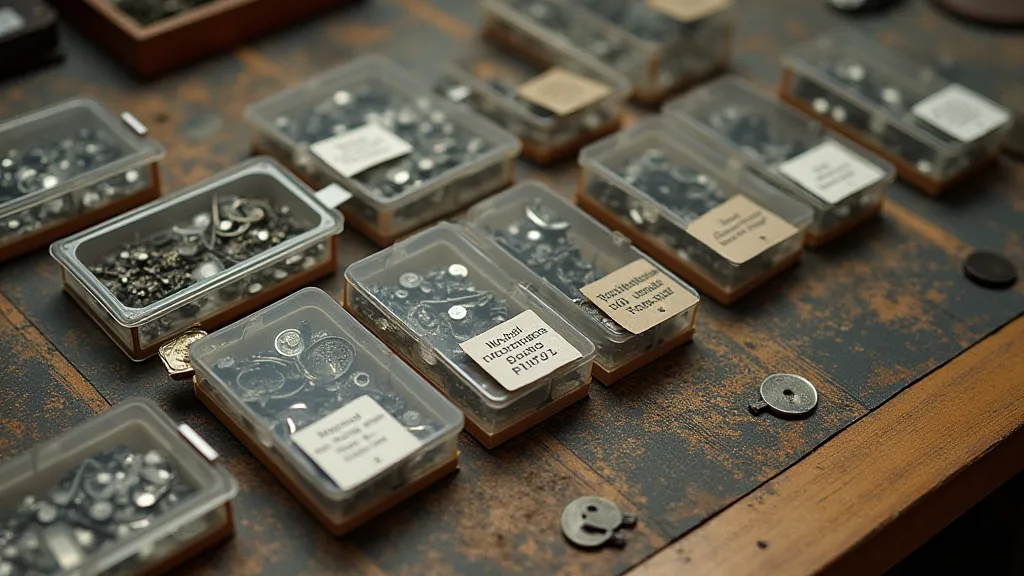
Reassembly: The Reverse Process
Reassembly is essentially the reverse of dismantling. Refer to your photographs, notes, and labeled containers to ensure each component is placed correctly. Pay close attention to screw tightness – too loose or too tight can damage the movement.
Final Checks and Lubrication
Once the movement is reassembled, perform thorough checks to ensure proper function. Apply appropriate clock oil to key pivot points. Test the movement's operation and adjust as necessary.
Disclaimer: This guide provides a general overview. Specific movements may require different approaches. Always consult detailed repair manuals and seek expert advice when dealing with complex or valuable clocks.
